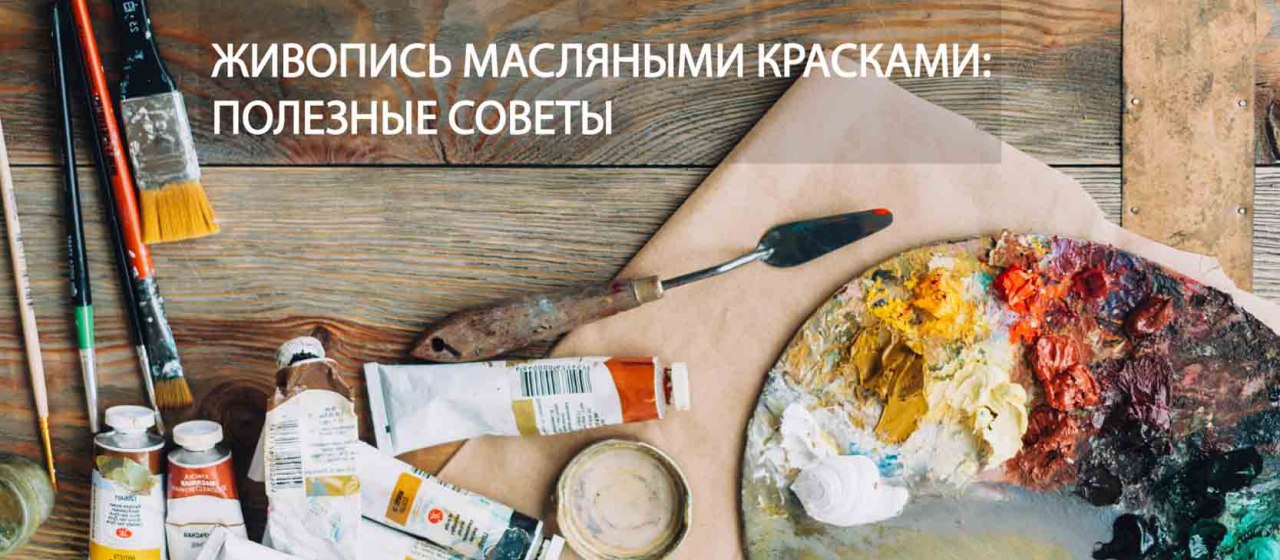
Oil paints are rightfully considered the most popular in world painting. How many world famous masterpieces have been created by them, and how many artists are now creating with the help of these paints. Probably, they owe such widespread use thanks to their durability and the provision of the opportunity to edit the artwork at different stages of working on it.
However, it can be quite difficult for a beginner to understand all their variety. The process itself, and the choice, often seems much more complicated than it actually is. I suggest, first of all, to figure out what oil paints are.
Oil paints are composed of two main components: dry pigment and oil. The most commonly used oils for this purpose are linseed, poppy seed and walnut oil. Initially, only natural materials acted as a pigment, for example, minerals such as lapis lazuli or malachite. Over time, the development of science and industry has allowed us to use various synthetic substitutes.
The whole point of oil paints is that when they dry they form a layer, which becomes harder over time. After final drying, the layer becomes practically insoluble, and the painting itself becomes durable. However, it may take 2-3 years for the artwork to dry completely, during which it is better not to place it under glass or protective packaging.
How to choose oil paints?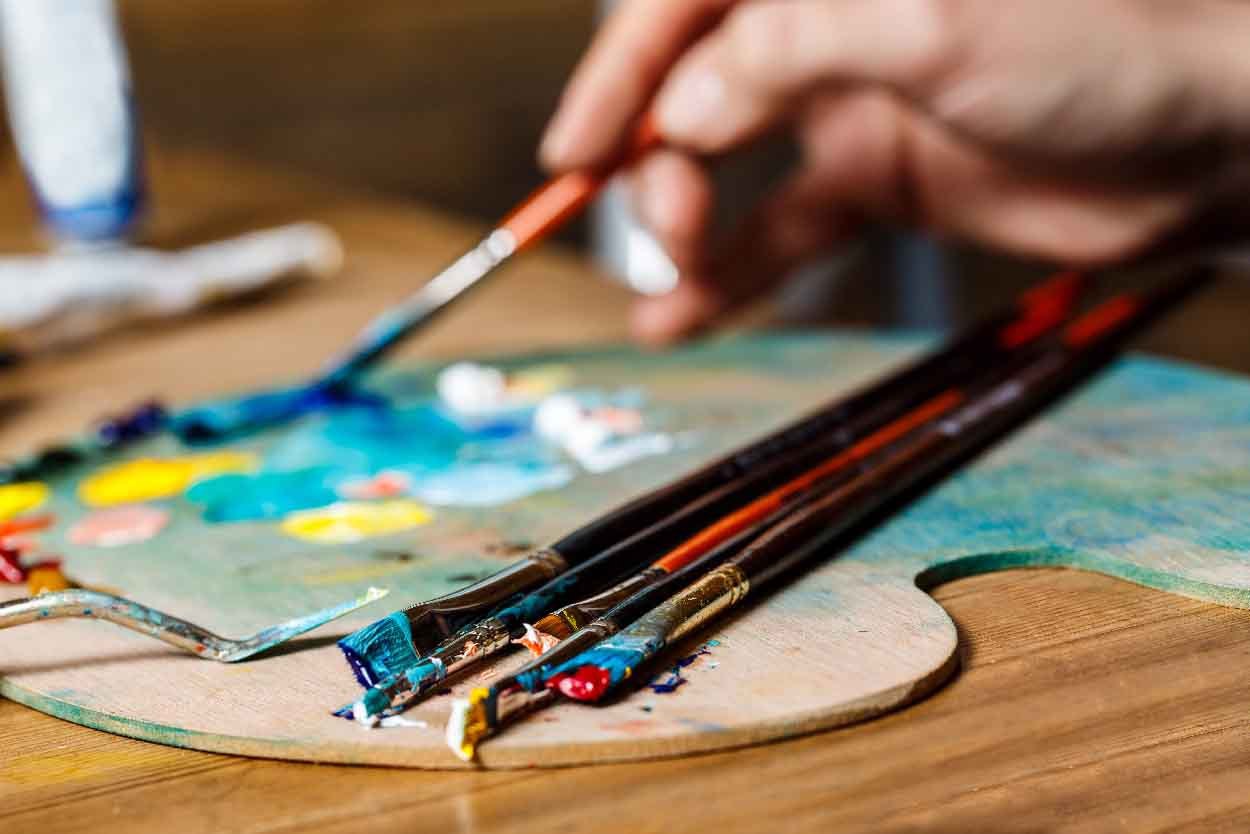
It is necessary to approach the issue of choosing oil paints based on your experience in painting. If you are just getting started, it doesn't make much sense to buy a large and expensive set. For starters, it is better to pick a basic set of medium, or even below medium price. The thing is that first you need to feel the paint, understand how to apply it, what strokes and effects it creates, and understand all its nuances.
Usually all oil paint manufacturers produce 3 parallel lines. The most affordable for beginners and students. The remaining two are for professional artists, where one is of premium class. Of course, it's better to start with a simpler line, but from a manufacturer that is well known and has a good reputation.
Can oil paints be mixed?
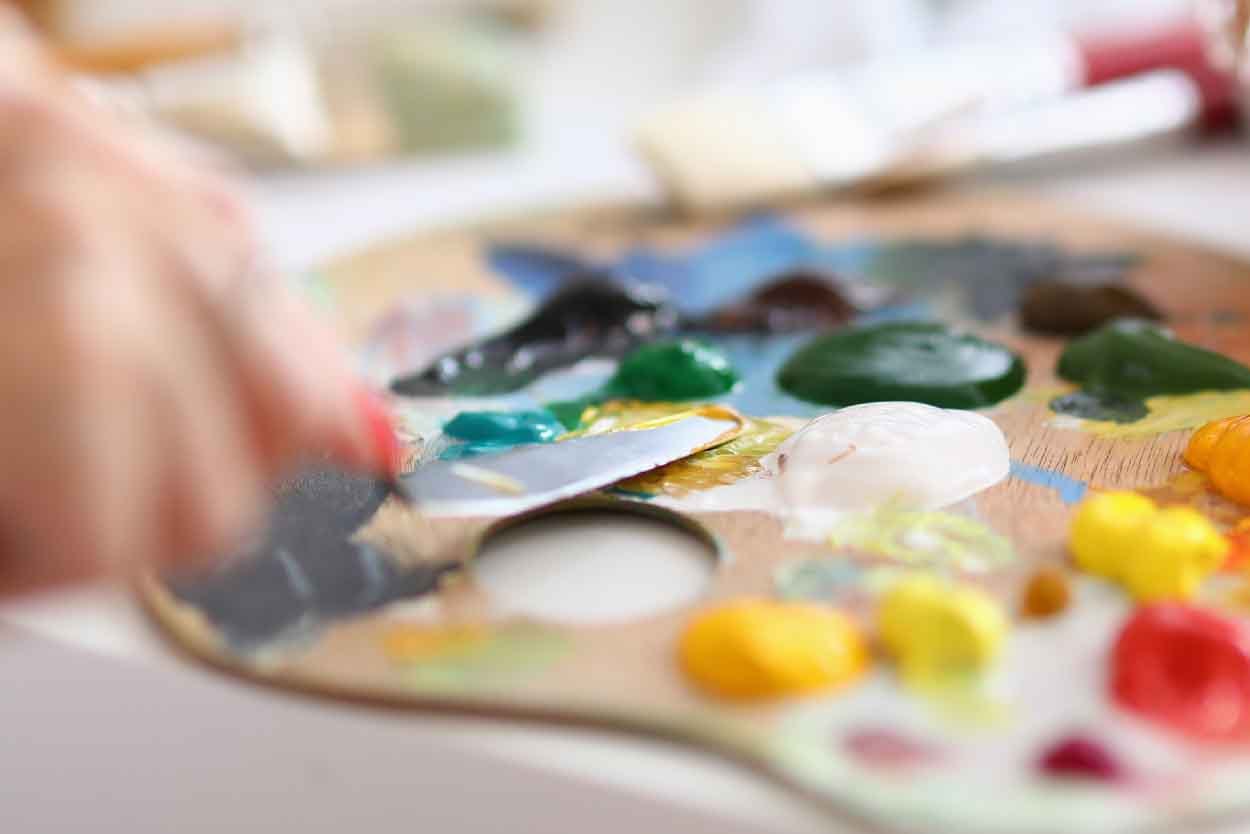
This question worries many aspiring artists. Well, oil paints can and should be mixed. After all, no matter how rich the palette of colors is, at a certain moment you will need a shade, which can only be obtained by mixing. Of course, the first time you may not be able to achieve the desired effect, but it is the trial and error method that is the most effective in this matter. The main thing is to remember the proportions.
Working with oil paints, we can distinguish three methods of "mixing" paints to obtain new colors and shades:
- Mixing.
- Overlay.
- Adjacency.
For beginners, it is best to try the mixing method first. Here we just need to take 2 or more paints and mix them together until a uniform color is obtained. This, of course, must be done on the palette.
The second method can already be attributed to the category of glazing techniques, which require more experience and knowledge to perform. The bottom line is to apply a more transparent layer of paint over a dried smear of a different color. Thus, the effect obtained is different from mixing paints on a palette.
Well, the last method - adjacency, is used, mainly, only by experienced craftsmen. It consists in close placement of strokes of different colors to each other, which creates the illusion of a new color, when looking at the painting at a farther distance.
How and what for to dilute oil paints?
Working with watercolors or gouache, we dilute the paints with water. As for oil paints, here we do not use water at all. After all, the paints got their name due to the fact that oil is one of the main components in them. Water and oil have different densities, so they do not mix, but only lay in layers. If you use water to thin oil paints, you will only spoil them.
By their structure, oil paints are pasty and can be used without a thinner, depending on the purpose of the artist. But still, to apply layers of different thicknesses and saturations, we need to dilute the paint to the appropriate consistency. Here the question arises, how to dilute it.
You will see a wide variety of bottles with the words "solvent" and "thinner", as well as triple, double, white spirit, turpentine in the store of materials and tools for painting. Why all this variety and what of this do we really need for high-quality paint thinning?
To thin the oil paint without spoiling its properties, it is best to use a triple. It owes its name to a combination of three components that make up its composition: pinene, varnish, oil for painting. Experienced artists can create "triples" in the proportions they need on their own. For beginners, it is recommended to use a thinner, which contains an equal amount of all parts. Also, some artists use doubles. By the name, we understand that the composition includes only two components: pinene, varnish. Then the painting will dry faster and acquire a glossy shine, but thick layers of paint can become unnecessarily hard and lead to sagging of the canvas.
Sometimes, only oil is used as a solvent. This option is also possible, but the drying time of the painting is thus increased. Also, this can lead to blackening of the paint layer during the drying process. Based on the foregoing, for a start, the most optimal option would be to use a ready-made triple. Gaining experience in oil painting, each artist him/herself eventually understands which option is most convenient for him/her.
How long do oil paints dry?
One of the distinguishing features of oil painting is its long drying process. In fact, a complete oil painting usually dries out only after 2-3 years. During which, it can even decrease in weight, which is clearly visible on large canvases. The following factors affect the drying process of oil painting:
- paint layer thickness;
- use of a thinner;
- indoor microclimate;
- the amount of light in the room;
- composition of paints.
Obviously, thinner paint layer will dry faster than thicker one. Also, depending on the thinner, you can prolong or shorten the drying process, which was mentioned analyzing the varieties of thinners. Temperature and humidity are also very important for oil paints. They will dry faster in a warm and dry environment. But excessive moisture will not only prolong the process itself, but can also lead to further cracking of the paint in a few years. Light also plays a very important role, especially sunlight. Young artists often, for lack of experience, store their paintings in dark rooms. Without the presence of light, the drying process of the oil can even stop. And of course, the composition of the paint also matters. Some manufacturers make paints with polymerized, rather than refined oils, which shortens the drying time of the painting.
One of the frequently asked questions is the question of drying paintings with a hairdryer. Yes, indeed, if you are in a hurry to complete the artwork by a certain date, you can use the help of an electrical appliance. But you need to act carefully:
- Firstly, it is best to use cold air, you can also use warm air, but then it is worth increasing the distance to the painting. The main thing is not to use the hot air mode under any circumstances.
- Secondly, it is necessary to maintain a distance of at least 10 cm and move away further as the air temperature rises.
- And finally, slowly move the hair dryer while drying, so that the inner layer in the paint really has time to dry, and not just become covered with a more hardened crust of the top layer.
How to restore dried oil paint?
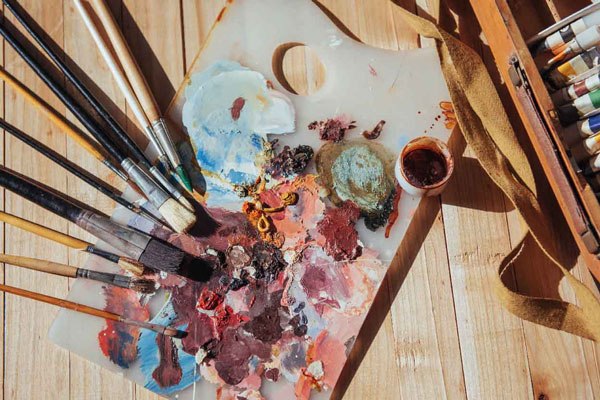
Is it possible to do something with oil paints if they are dry? This question, perhaps, faced every artist who paints with oil. Fortunately - yes, it is possible! But only when they have just begun to harden and become covered with a thin layer. If the paints have dried up for a long time, unfortunately, you will have to say goodbye to them.
A thinner will help you to bring paints back to life, which are: oil (linseed, sunflower, hemp), pinene or "Thinner No. 4", multicomponent mixtures (doubles, triples). The main nuance is that it is rather difficult to determine the proportions. Experience with oil paints is needed here. In this regard, it may not be possible to bring the colors back to life the first time. Whatever it was, I am deeply sure that it is better to try and, at least, gain a useful experience.
How to clean oil paints?
Every artist, keen on the process of creating a painting, stained his/her hands, clothes, sometimes even hair, with paints. How can you wash oil paint without harming yourself?
Solvents (turpentine, white spirit, etc.) can only be used with clothing. You should not wipe your hands or other body parts with them. They are highly toxic in nature and can harm your body. Use soap and water, you can also use oil, including baby oil.
For brushes or a palette, use a thinner. After immersion in the solvent, brushes should still be washed with soap and water, and then wiped well with a cloth, moving from the base to the tips of the brush, and left to dry.
If you have any more questions regarding working with oil paints, leave your comments and we will answer them in the next article.

The earliest work of Leonardo da Vinci
A small painted tile caused quite a stir among the scientists of the art world. This is because some scholars believe that the recently discovered work is Leonardo da Vinci's earliest known work
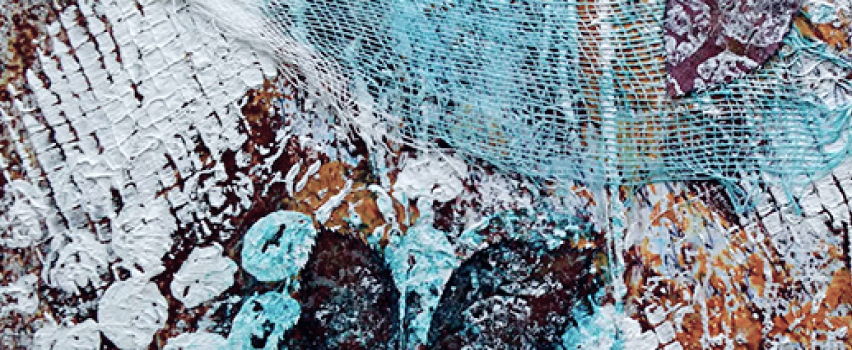
Interesting facts about painting
Paintings hold the secrets of the creator. Sometimes we manage to solve them, but many of them continue to be riddles, or simply stay unnoticed.












Thank you, your review has been sent successfully.
It will be posted on the site after moderation.